Microsoft RM-153 GSM 900/1800/1900 PCS phone with Bluetooth User Manual Complete Safety
Microsoft Mobile Oy GSM 900/1800/1900 PCS phone with Bluetooth Complete Safety
Manual
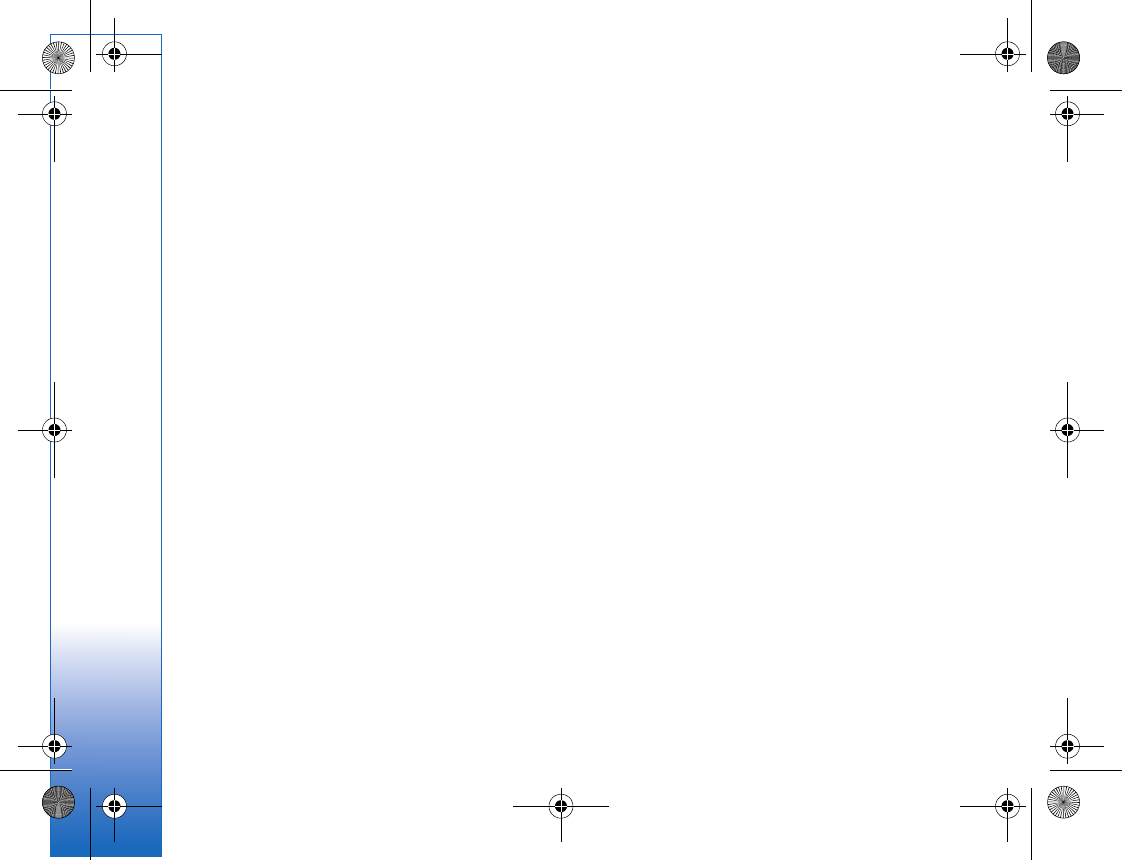
Battery information
100
Battery information
Charging and discharging
Your device is powered by a rechargeable battery. The full
performance of a new battery is achieved only after two or
three complete charge and discharge cycles. The battery can
be charged and discharged hundreds of times but it will
eventually wear out. When the talk and standby times are
noticeably shorter than normal, replace the battery. Use only
Nokia approved batteries, and recharge your battery only with
Nokia approved chargers designated for this device.
If a replacement battery is being used for the first time or if
the battery has not been used for a prolonged period, it may
be necessary to connect the charger then disconnect and
reconnect it to begin charging the battery.
Unplug the charger from the electrical plug and the device
when not in use. Do not leave a fully charged battery
connected to a charger, since overcharging may shorten its
lifetime. If left unused, a fully charged battery will lose its
charge over time.
If the battery is completely discharged, it may take a few
minutes before the charging indicator appears on the display
or before any calls can be made.
Use the battery only for its intended purpose. Never use any
charger or battery that is damaged.
Do not short-circuit the battery. Accidental short-circuiting
can occur when a metallic object such as a coin, clip, or pen
causes direct connection of the positive (+) and negative (-)
terminals of the battery. (These look like metal strips on the
battery.) This might happen, for example, when you carry a
spare battery in your pocket or purse. Short-circuiting the
terminals may damage the battery or the connecting object.
Leaving the battery in hot or cold places, such as in a closed
car in summer or winter conditions, will reduce the capacity
and lifetime of the battery. Always try to keep the battery
between 15°C and 25°C (59°F and 77°F). A device with a hot
or cold battery may not work temporarily, even when the
battery is fully charged. Battery performance is particularly
limited in temperatures well below freezing.
Do not dispose of batteries in a fire as they may explode.
Batteries may also explode if damaged. Dispose of batteries
according to local regulations. Please recycle when possible.
Do not dispose as household waste.
Nokia battery authentication
guidelines
Always use original Nokia batteries for your safety. To check
that you are getting an original Nokia battery, purchase it from
an authorized Nokia dealer, look for the Nokia Original
Complete_Safety.fm Page 100 Tuesday, June 27, 2006 6:57 PM
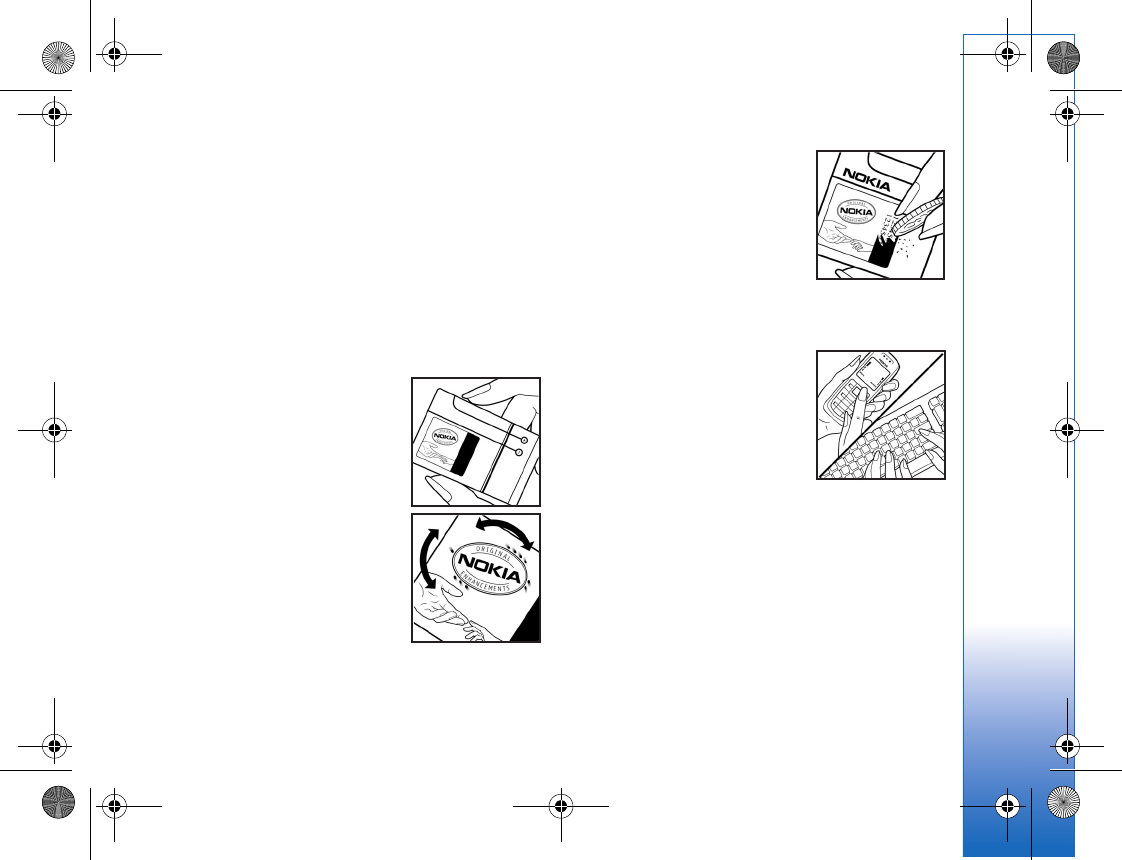
Battery information
101
Enhancements logo on the packaging, and inspect the
hologram label using the following steps:
Successful completion of the four steps is not a total
assurance of the authenticity of the battery. If you have any
reason to believe that your battery is not an authentic original
Nokia battery, you should refrain from using it and take it to
the nearest authorized Nokia service point or dealer for
assistance. Your authorized Nokia service point or dealer will
inspect the battery for authenticity. If authenticity cannot be
verified, return the battery to the place of purchase.
Authenticate hologram
1 When looking at the hologram on
the label, you should see the Nokia
connecting hands symbol from
one angle and the Nokia Original
Enhancements logo when looking
from another angle.
2 When you angle the hologram
left, right, down, and up, you
should see 1, 2, 3, and 4 dots on
each side respectively.
3 Scratch the side of the label to
reveal a 20-digit code, for
example,
12345678919876543210. Turn
the battery so that the numbers
are facing upwards. The 20-digit
code reads starting from the
number at the top row followed
by the bottom row.
4 Confirm that the 20-digit code is
valid by following the instructions
at www.nokia.com/batterycheck.
To create a text message, enter the
20-digit code, for example,
12345678919876543210, and send
to +44 7786 200276.
National and international operator charges will apply.
You should receive a message indicating whether the code
can be authenticated.
What if your battery is not authentic?
If you cannot confirm that your Nokia battery with the
hologram on the label is an authentic Nokia battery, please do
not use the battery. Take it to the nearest authorized Nokia
service point or dealer for assistance. The use of a battery that
is not approved by the manufacturer may be dangerous and
may result in poor performance and damage to your device
Complete_Safety.fm Page 101 Tuesday, June 27, 2006 6:57 PM
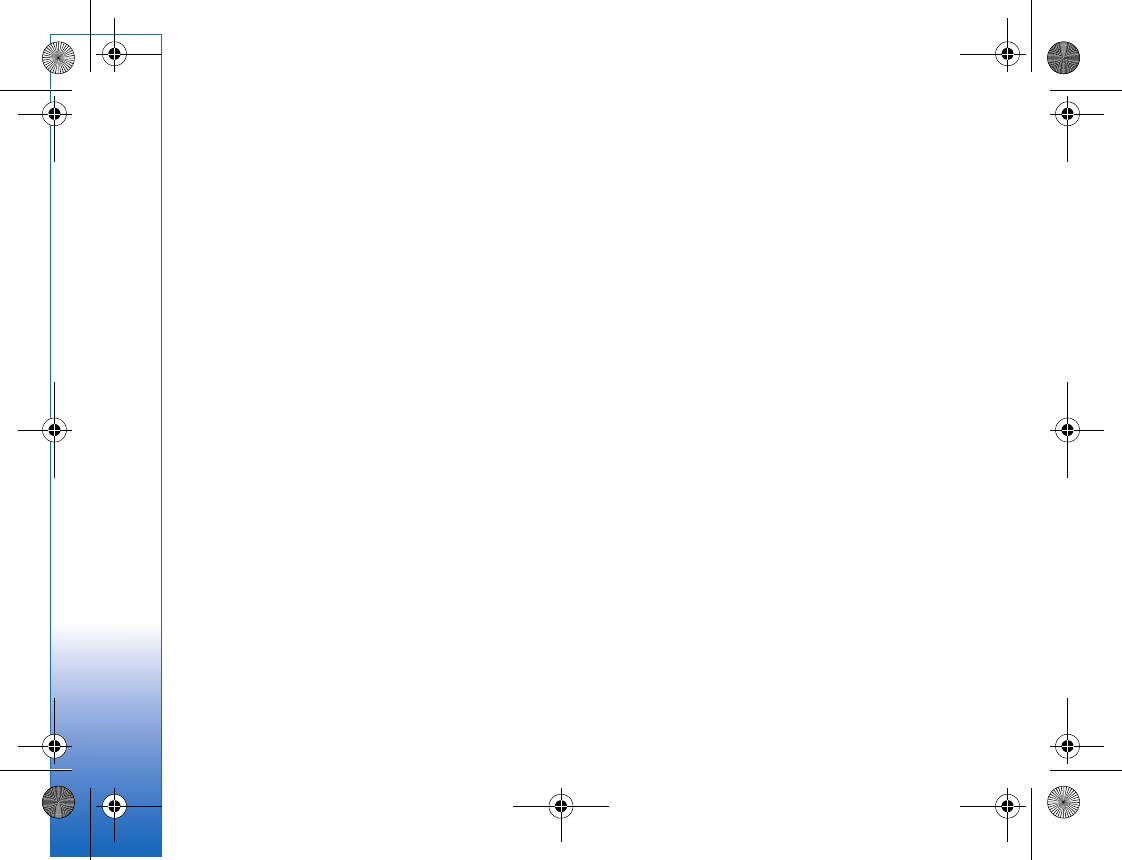
Battery information
102
and its enhancements. It may also invalidate any approval or
warranty applying to the device.
To find out more about original Nokia batteries, visit
www.nokia.com/battery.
Complete_Safety.fm Page 102 Tuesday, June 27, 2006 6:57 PM
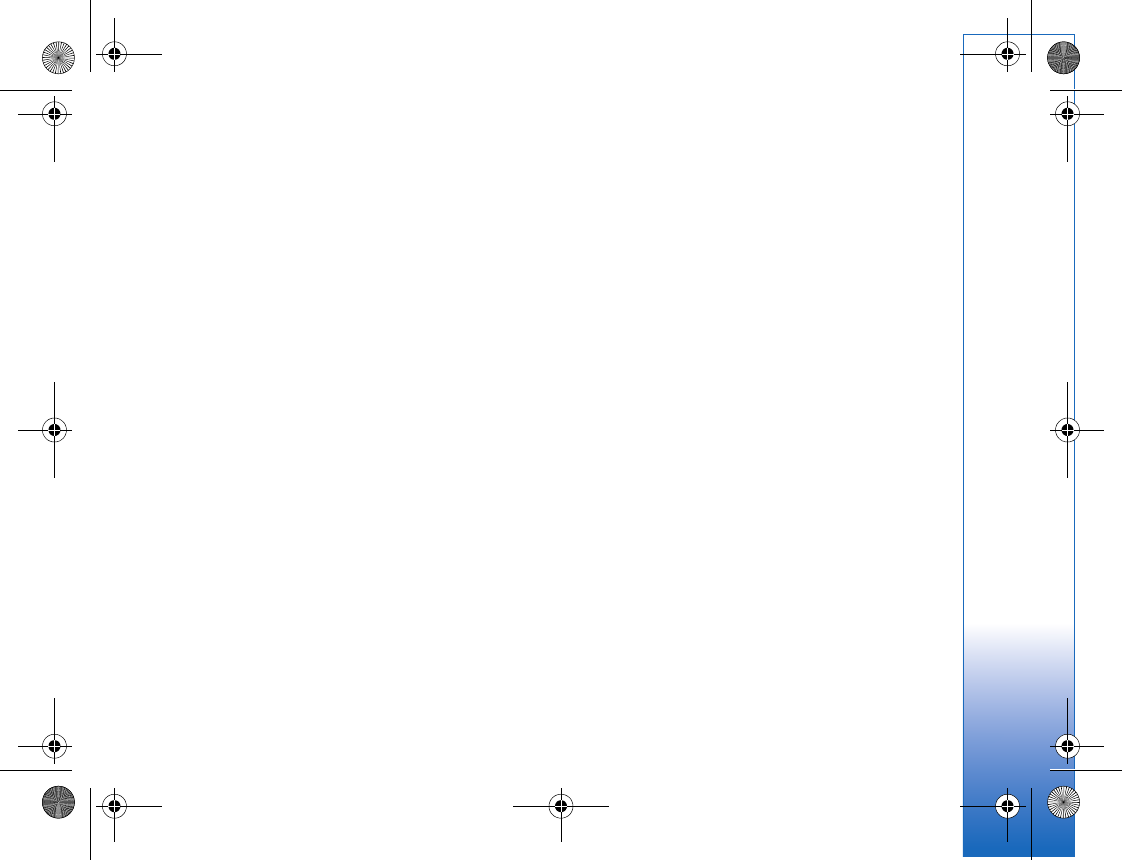
Care and maintenance
103
Care and maintenance
Your device is a product of superior design and craftsmanship
and should be treated with care. The suggestions below will
help you protect your warranty coverage.
• Keep the device dry. Precipitation, humidity, and all types
of liquids or moisture can contain minerals that will
corrode electronic circuits. If your device does get wet,
remove the battery, and allow the device to dry completely
before replacing it.
• Do not use or store the device in dusty, dirty areas. Its
moving parts and electronic components can be damaged.
• Do not store the device in hot areas. High temperatures
can shorten the life of electronic devices, damage
batteries, and warp or melt certain plastics.
• Do not store the device in cold areas. When the device
returns to its normal temperature, moisture can form
inside the device and damage electronic circuit boards.
• Do not attempt to open the device other than as instructed
in this guide.
• Do not drop, knock, or shake the device. Rough handling
can break internal circuit boards and fine mechanics.
• Do not use harsh chemicals, cleaning solvents, or strong
detergents to clean the device.
• Do not paint the device. Paint can clog the moving parts
and prevent proper operation.
• Use a soft, clean, dry cloth to clean any lenses (such as
camera, proximity sensor, and light sensor lenses).
• Use only the supplied or an approved replacement
antenna. Unauthorized antennas, modifications, or
attachments could damage the device and may violate
regulations governing radio devices.
• Use chargers indoors.
• Always create a backup of data you want to keep (such as
contacts and calendar notes) before sending your device
to a service facility.
• To allow the device to reset, power the device off, and
remove the battery from time to time for optimum
performance. Make back-up copies of all important data.
All of the above suggestions apply equally to your device,
battery, charger, or any enhancement. If any device is not
working properly, take it to the nearest authorized service
facility for service.
Complete_Safety.fm Page 103 Tuesday, June 27, 2006 6:57 PM
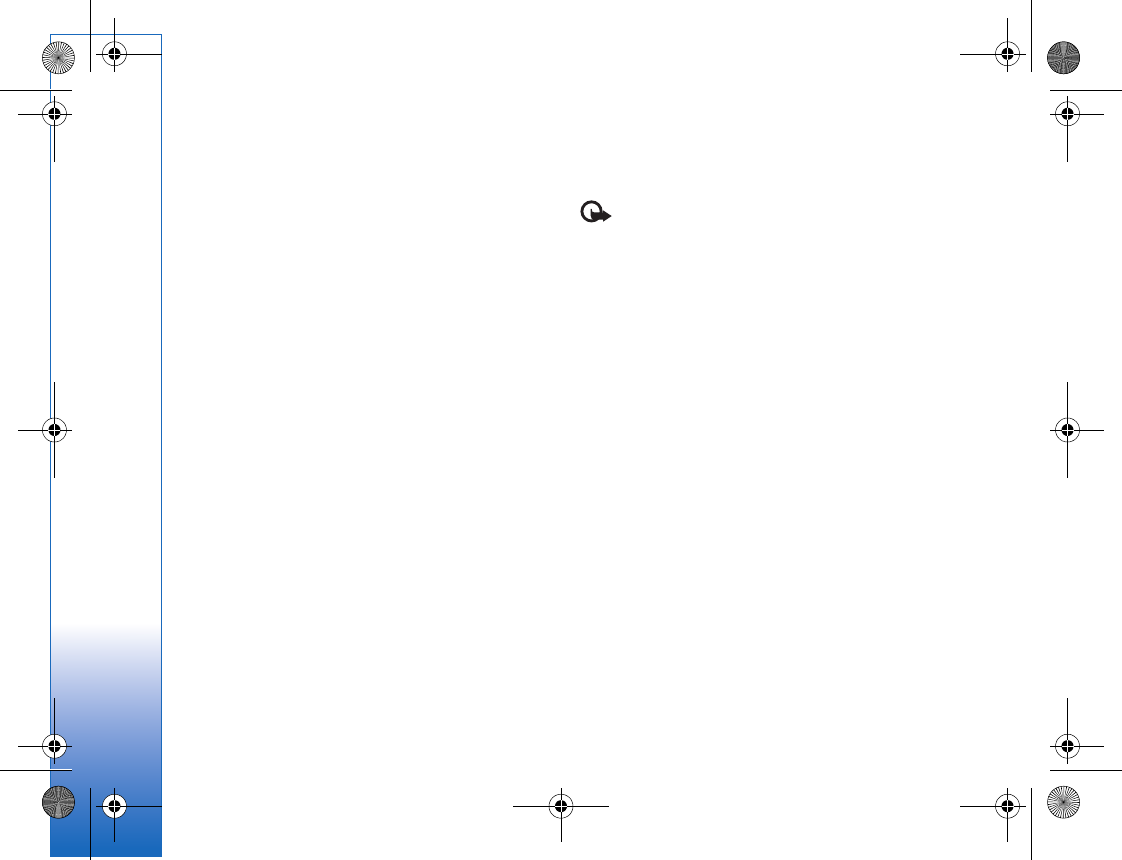
Additional safety information
104
Additional safety information
Your device and its enhancements may contain small parts.
Keep them out of the reach of small children.
Operating environment
Remember to follow any special regulations in force in any
area, and always switch off your device when its use is
prohibited or when it may cause interference or danger. Use
the device only in its normal operating positions. This device
meets RF exposure guidelines when used either in the normal
use position against the ear or when positioned at least 2.2
centimeters (7/8 inches) away from the body. When a carry
case, belt clip, or holder is used for body-worn operation, it
should not contain metal and should position the device the
above-stated distance from your body.
In order to transmit data files or messages, this device
requires a good quality connection to the network. In some
cases, transmission of data files or messages may be delayed
until such a connection is available. Ensure the above
separation distance instructions are followed until the
transmission is completed.
Parts of the device are magnetic. Metallic materials may be
attracted to the device. Do not place credit cards or other
magnetic storage media near the device, because information
stored on them may be erased.
Important: Any changes or modifications not
expressly approved by Nokia Mobile Phones Ltd. could void
the user’s authority to operate this device.
Medical devices
Operation of any radio transmitting equipment, including
wireless phones, may interfere with the functionality of
inadequately protected medical devices. Consult a physician or
the manufacturer of the medical device to determine if they
are adequately shielded from external RF energy or if you have
any questions. Switch off your device in health care facilities
when any regulations posted in these areas instruct you to do
so. Hospitals or health care facilities may be using equipment
that could be sensitive to external RF energy.
Pacemakers
Pacemaker manufacturers recommend that a minimum
separation of 15.3 centimeters (6 inches) be maintained
between a wireless phone and a pacemaker to avoid potential
interference with the pacemaker. These recommendations are
consistent with the independent research by and
recommendations of Wireless Technology Research. Persons
with pacemakers should:
• Always keep the device more than 15.3 centimeters (6
inches) from their pacemaker
• Not carry the device in a breast pocket
Complete_Safety.fm Page 104 Tuesday, June 27, 2006 6:57 PM
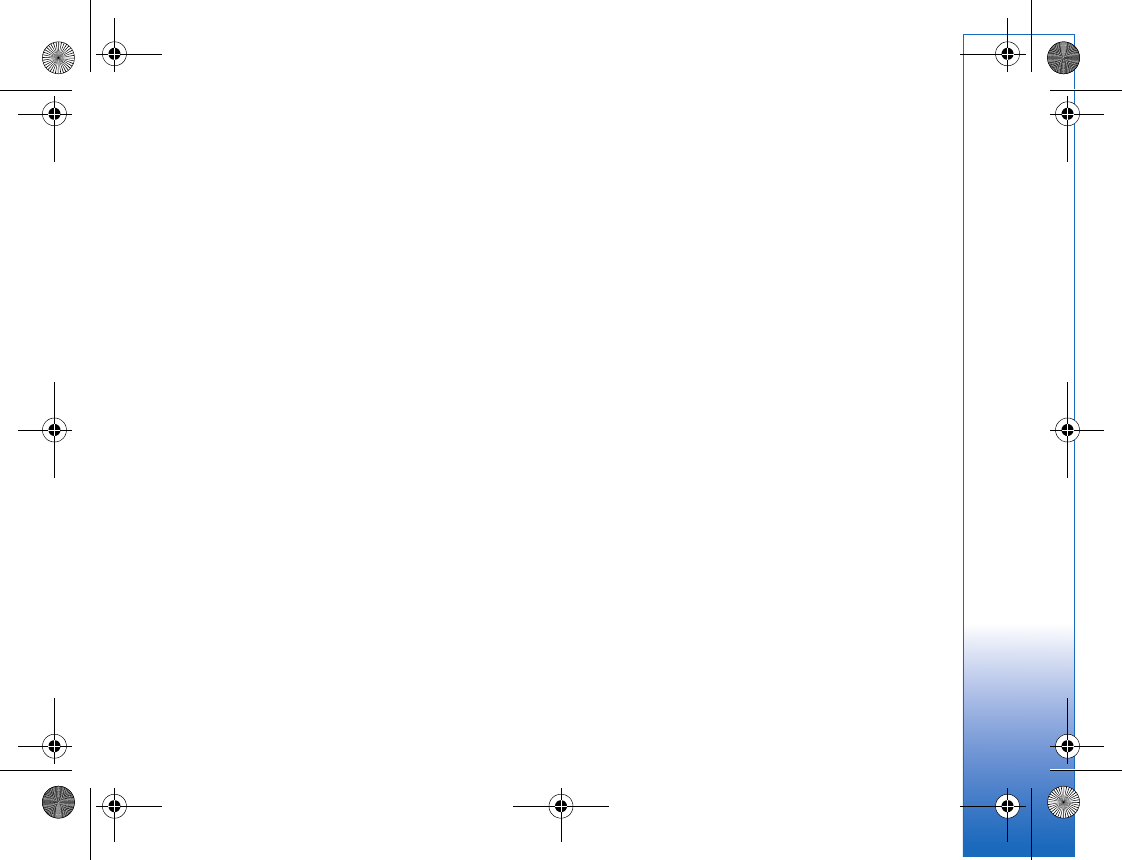
Additional safety information
105
• Hold the device to the ear opposite the pacemaker to
minimise the potential for interference.
If you suspect interference, switch off your device, and move
the device away.
Hearing aids
Some digital wireless devices may interfere with some hearing
aids. If interference occurs, consult your service provider.
Vehicles
RF signals may affect improperly installed or inadequately
shielded electronic systems in motor vehicles such as
electronic fuel injection systems, electronic antiskid (antilock)
braking systems, electronic speed control systems, and air bag
systems. For more information, check with the manufacturer
or its representative of your vehicle or any equipment that has
been added.
Only qualified personnel should service the device, or install
the device in a vehicle. Faulty installation or service may be
dangerous and may invalidate any warranty that may apply to
the device. Check regularly that all wireless device equipment
in your vehicle is mounted and operating properly. Do not store
or carry flammable liquids, gases, or explosive materials in the
same compartment as the device, its parts, or enhancements.
For vehicles equipped with an air bag, remember that air bags
inflate with great force. Do not place objects, including
installed or portable wireless equipment in the area over the
air bag or in the air bag deployment area. If in-vehicle wireless
equipment is improperly installed and the air bag inflates,
serious injury could result.
Using your device while flying in aircraft is prohibited. Switch
off your device before boarding an aircraft. The use of wireless
teledevices in an aircraft may be dangerous to the operation
of the aircraft, disrupt the wireless telephone network, and
may be illegal.
Potentially explosive environments
Switch off your device when in any area with a potentially
explosive atmosphere, and obey all signs and instructions.
Potentially explosive atmospheres include areas where you
would normally be advised to turn off your vehicle engine.
Sparks in such areas could cause an explosion or fire resulting
in bodily injury or even death. Switch off the device at
refueling points such as near gas pumps at service stations.
Observe restrictions on the use of radio equipment in fuel
depots, storage, and distribution areas, chemical plants or
where blasting operations are in progress. Areas with a
potentially explosive atmosphere are often but not always
clearly marked. They include below deck on boats, chemical
transfer or storage facilities, vehicles using liquefied
petroleum gas (such as propane or butane), and areas where
the air contains chemicals or particles such as grain, dust, or
metal powders.
Complete_Safety.fm Page 105 Tuesday, June 27, 2006 6:57 PM
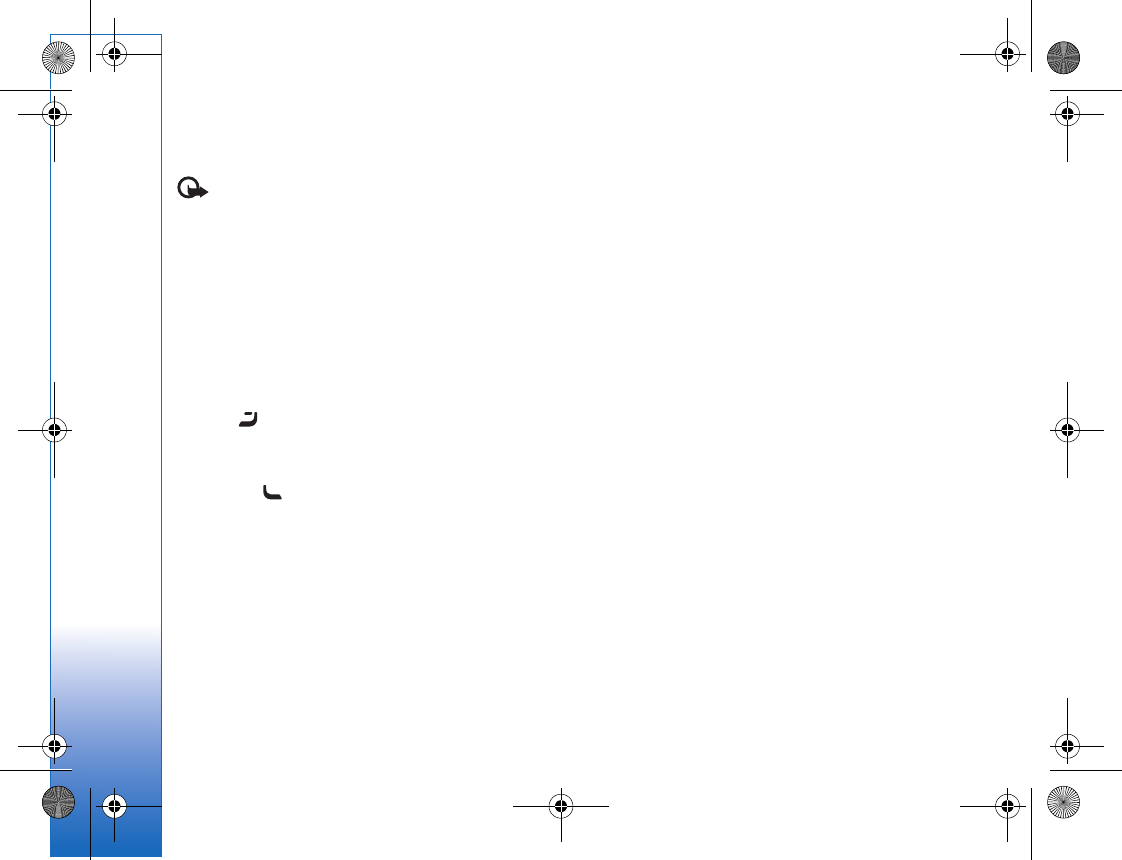
Additional safety information
106
Emergency calls
Important: Wireless phones, including this device,
operate using radio signals, wireless networks, landline
networks, and user-programmed functions. Because of
this, connections in all conditions cannot be guaranteed.
You should never rely solely on any wireless device for
essential communications like medical emergencies.
To make an emergency call:
1If the device is not on, switch it on. Check for adequate
signal strength.
Some networks may require that a valid SIM card is
properly inserted in the device.
2Press as many times as needed to clear the display
and ready the device for calls.
3Enter the official emergency number for your present
location. Emergency numbers vary by location.
4Press the key.
If certain features are in use, you may first need to turn those
features off before you can make an emergency call. Consult
this guide or your service provider for more information.
When making an emergency call, give all the necessary
information as accurately as possible. Your wireless device
may be the only means of communication at the scene of an
accident. Do not end the call until given permission to do so.
Certification information (SAR)
THIS MOBILE DEVICE MEETS GUIDELINES FOR EXPOSURE TO
RADIO WAVES.
Your mobile device is a radio transmitter and receiver. It is
designed not to exceed the limits for exposure to radio waves
recommended by international guidelines. These guidelines
were developed by the independent scientific organization
ICNIRP and include safety margins designed to assure the
protection of all persons, regardless of age and health.
The exposure guidelines for mobile devices employ a unit of
measurement known as the Specific Absorption Rate or SAR.
The SAR limit stated in the ICNIRP guidelines is 2.0 watts/
kilogram (W/kg) averaged over 10 grams of tissue. Tests for
SAR are conducted using standard operating positions with
the device transmitting at its highest certified power level in
all tested frequency bands. The actual SAR level of an
operating device can be below the maximum value because
the device is designed to use only the power required to reach
the network. That amount changes depending on a number of
factors such as how close you are to a network base station.
The highest SAR value under the ICNIRP guidelines for use of
the device at the ear is 0.54 W/kg.
Your mobile device is also designed to meet the requirements
for exposure to radio waves established by the Federal
Communications Commission (USA) and Industry Canada.
These requirements set a SAR limit of 1.6 W/kg averaged over
1 gram of tissue. The highest SAR value reported under this
standard during product certification for use at the ear is 0.68
W/kg and when properly worn on the body is 1.14 W/kg.
Complete_Safety.fm Page 106 Tuesday, June 27, 2006 6:57 PM
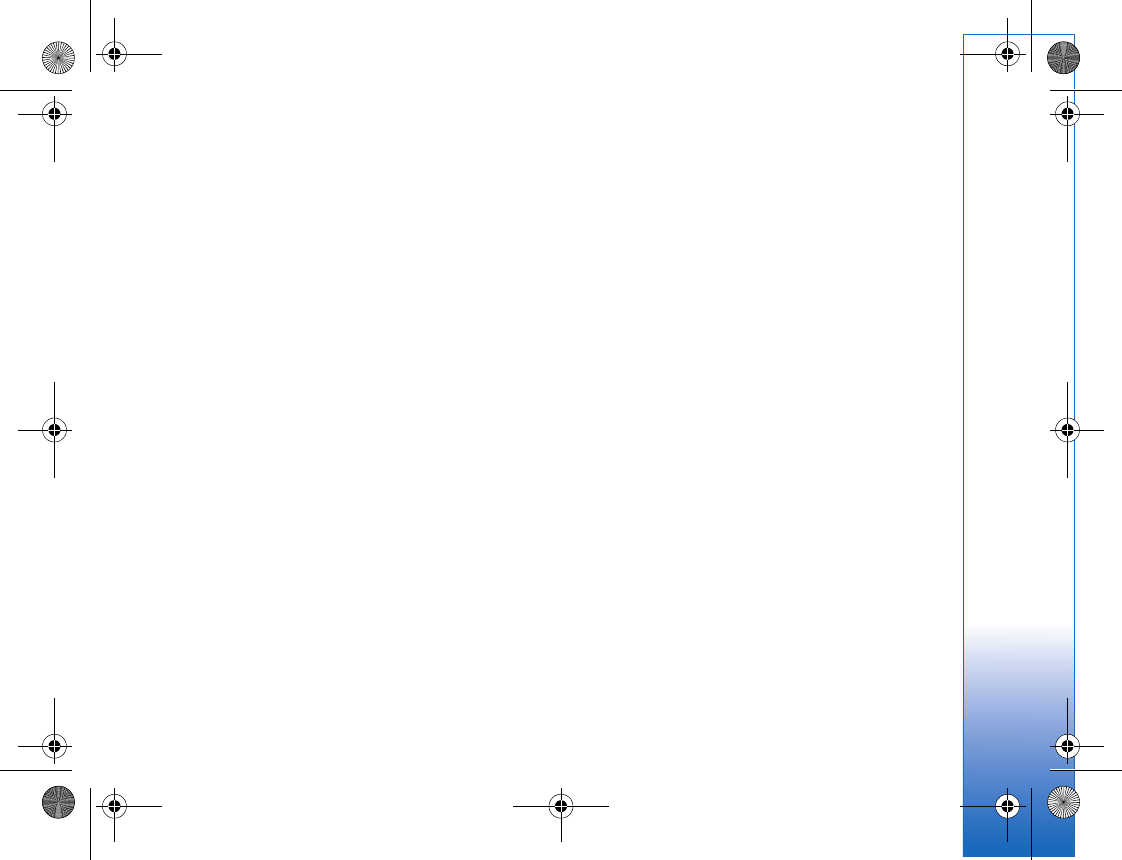
Additional safety information
107
Information about this device model can be found at
www.fcc.gov by searching the equipment authorization
system using FCC ID: QVVRM-153.
Use of device accessories and enhancements may result in
different SAR values. SAR values may vary depending on
national reporting and testing requirements and the network
band. Additional SAR information may be provided under
product information at www.nokia.com.
Complete_Safety.fm Page 107 Tuesday, June 27, 2006 6:57 PM